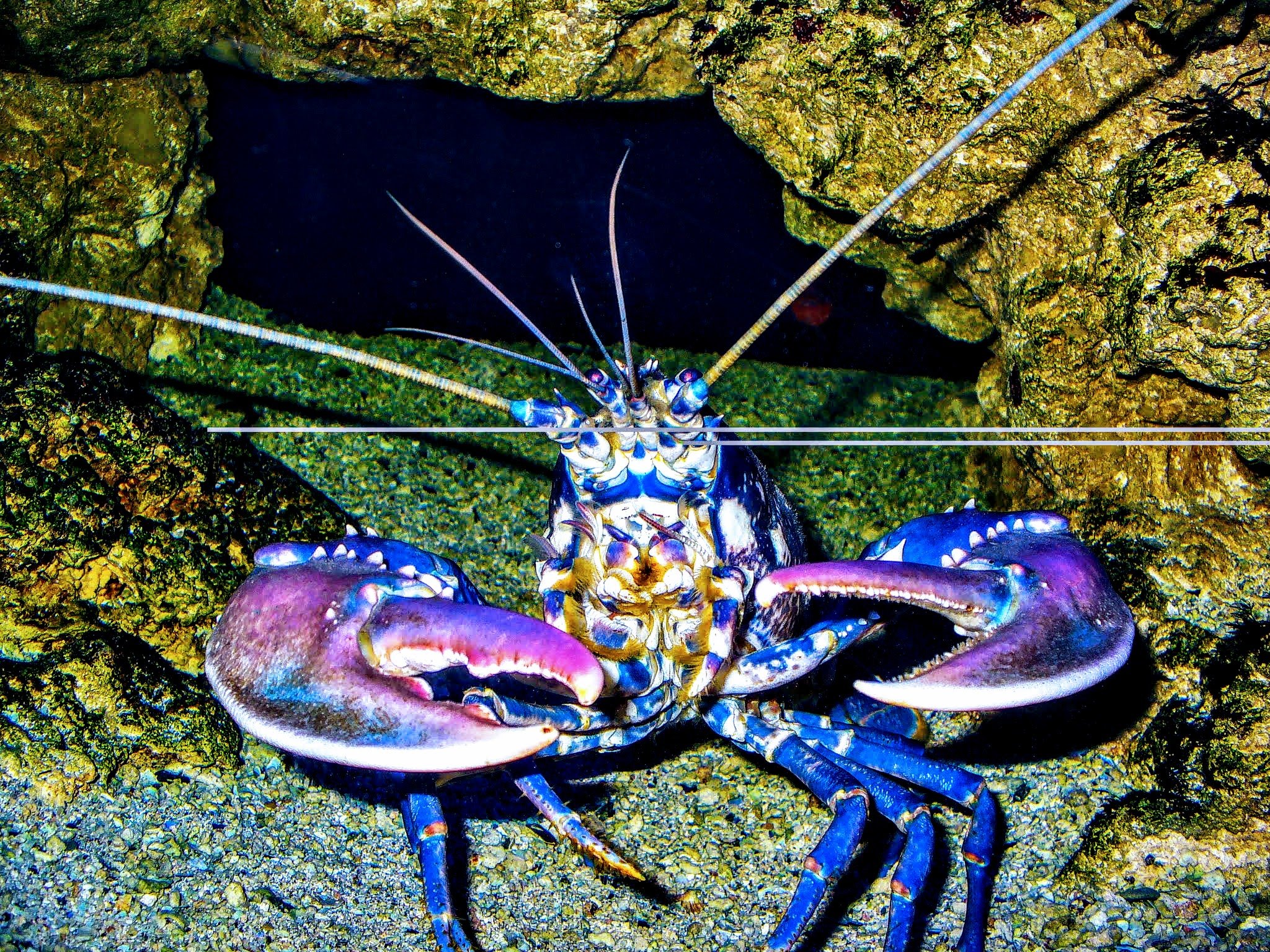Blue might be a popular favorite for humans, but it’s actually quite rare in nature. Researchers from the University of Adelaide explain that a true blue pigment is almost nonexistent in nature. Instead, blue is often a result of various "tricks" that plants and animals use to appear blue. Below are some amazing blue flora and fauna, and how they achieve this unique hue.
Lapis Lobster Only around one in ten million lobsters are naturally red. Lobsters usually turn red when you cook them. Sadly, the many red lobsters found in most illustrations are dead lobsters. As for blue lobsters, only about 1 in 2 million are this color in nature. Blue lobsters appear that way due to a rare genetic mutation that results in an altered form of a pigment called crustacyanin. Such rare lobsters have been spotted in southern England, Marblehead (Massachusetts, USA) and France.
Electric Blue Tarantula In 2023, scientists in Thailand discovered the Chilobrachys natanicharum, also known as the electric blue tarantula. These spiders inhabit various environments, including trees, mangrove forests, and ground burrows. Their vibrant blue color results from microscopic structures in their exoskeleton that reflect and refract light in a way that creates the illusion of blue, rather than being an actual blue pigmentation.
Magicicada Cassini A family near Chicago discovered a rare cicada with blue eyes instead of the typical red. This one-in-a-million genetic mutation occurred in a female Magicicada cassini during a double-brood emergence, which is a phenomenon where two generations of cicadas emerge within a single year or season.
Blue Carpenter Bee Blue carpenter bees (Xylocopa caerulea) appear blue due to microscopic structures in their exoskeleton that refract light, creating a vivid blue appearance. These vibrant blue bees are found throughout Southeast Asia, India, and Southern China.
Blue Flowers and Leaves
Blue is rare in the plant kingdom as well. Less than 10% of plant species have blue flowers. Even blueberries aren’t truly blue; they achieve their color through a mix of natural pigments. Blue leaves are even rarer, and can be found only in a few tropical rainforest plants. Pigments display the color of the light they reflect. Since green chlorophyll is the most common pigment in plants, most vegetation appears green because chlorophyll reflects rather than absorbs green light.

Picture: European Lobster - Homarus Gammarus (Wikipedia)



